Picture the scene:
After a long, strenuous hike, you’ve finally come to the trail’s destination. You’re sweaty and tired, and the air is thin. Someone told you this hike was worth all the trouble. You aren’t quite sure.
Once you clear the final switchback, you can’t believe your eyes. Before you appears a large alpine meadow, carpeted in wildflowers and soft green grass. On your right, a stream glistens and burbles in the sun. Bumblebees fly lazily from flower to flower. The forest surrounds the meadow on all sides except one, which opens into a view of the distant snow-capped mountains.
You find a tree to sit against while you eat your lunch. The dappled shade cools your skin. Every so often you hear a soft rustle behind you in the forest. Songbirds warble and trill all around. The scent of evergreen pine needles, moss, and warm tree bark invites you to breathe deep and slow. You put your water bottle on a nearby slate stone and just take in your surroundings… A sense of profound restoration steals over you.
Now you understand why this trail is called Paradise.

(That’s a real trail, by the way. Maybe someday we’ll tell you where it is.)
What if we told you that you could feel this relaxed and restored every day? What if you could make your home more like the Paradise meadow?
You can. The secret? The latest interior design trend, called biophilic design.
This Earth Day, we’re breaking down biophilic design, a framework that brings natural motifs and elements into the home.
What is biophilic design?
Biophilic design is more intuitive than you might think, despite the fancy name. Humans have only started living in modern cities in the last 250 years. For most of our history as a species, humans lived much closer to nature, in farming or hunting-and-gathering communities. Biophilic design is any design choice in the built environment that restores our sense of connection to nature. And humans have already incorporated nature elements in art and design for thousands of years. Think of the Lascaux cave paintings from 17,000 years ago, where people painted pictures of animals that were important to them, or the legendary hanging gardens of Babylon.
You might be thinking, what does this mean for me? Well, biophilic design can do more than just make your home look beautiful: it can also improve how you feel. Biophilic design has several documented potential health benefits, including:
- lowered blood pressure and heart rate
- improved concentration and creativity
- improved emotional comfort and perceived feelings of safety
- reduced stress
Who can use biophilic design?
This design framework is available to everyone at any budget. It’s possible to use the principles of biophilic design wherever you live—out in the country, in the suburbs, or in a bustling city. Whether you rent or own your home, you can apply biophilic design to your space for those stress-relieving, creativity-enhancing benefits. And it may be especially important if you live in a dense urban environment. Big cities are often particularly disconnected from nature.
What are the basic components of biophilic design?
We’re referencing the publication 14 Patterns of Biophilic Design from the sustainability consulting firm Terrapin Bright Green. They define three main components:
- Nature In The Space: direct, physical, and ephemeral presence of nature.
- Natural Analogues: organic, non-living, and indirect references to nature.
- Nature Of The Space: borrowing spatial configurations that come from nature for the built environment.
Examples of Nature In The Space
This encompasses many design elements, including visual connection with nature, presence of water, dynamic and diffuse light, and airflow availability. Here are some examples of ways to incorporate nature in your space:
- Swap out cold, flat materials like metal or linoleum for textured materials like wood and stone.
- Get a birdhouse, apiary, or flowers that attract bees. You could also install a koi pond or other water element, but it’s important to take steps to prevent water waste if you do.
- Incorporate some houseplants into your space. It’s nice to have a variety of colors and shapes. Even if your home doesn’t get a lot of natural light, there are still several low-light plants that will thrive.
- Choose sheer, billowy curtains that will catch the breeze when you open the windows.
- If your windows don’t allow visual access to nature, get a photo print of a nature scene that makes you feel calm. Yes, even artwork with nature scenes count as biophilic design!
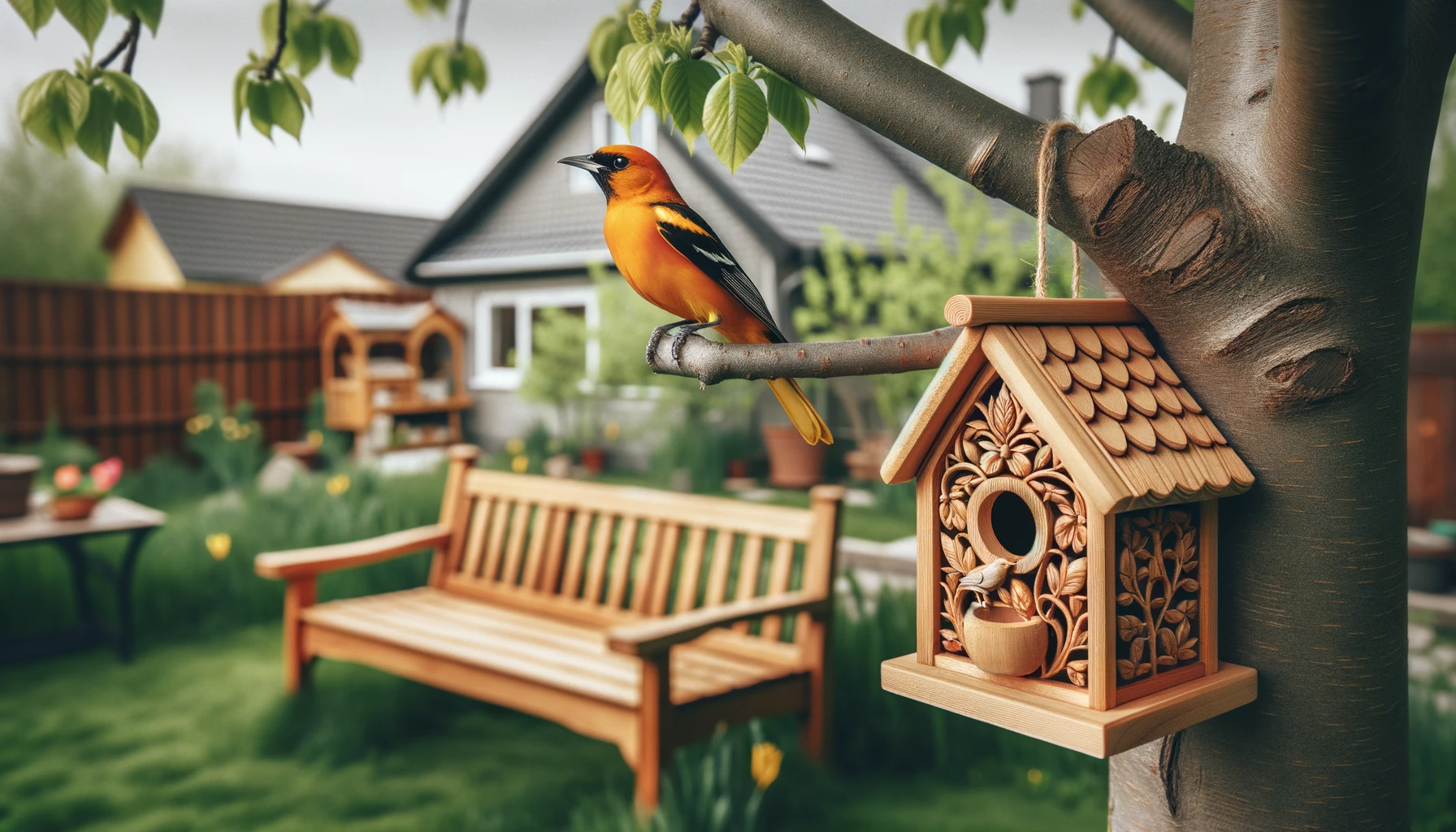
Adding a birdhouse will bring nature (birds) to you!
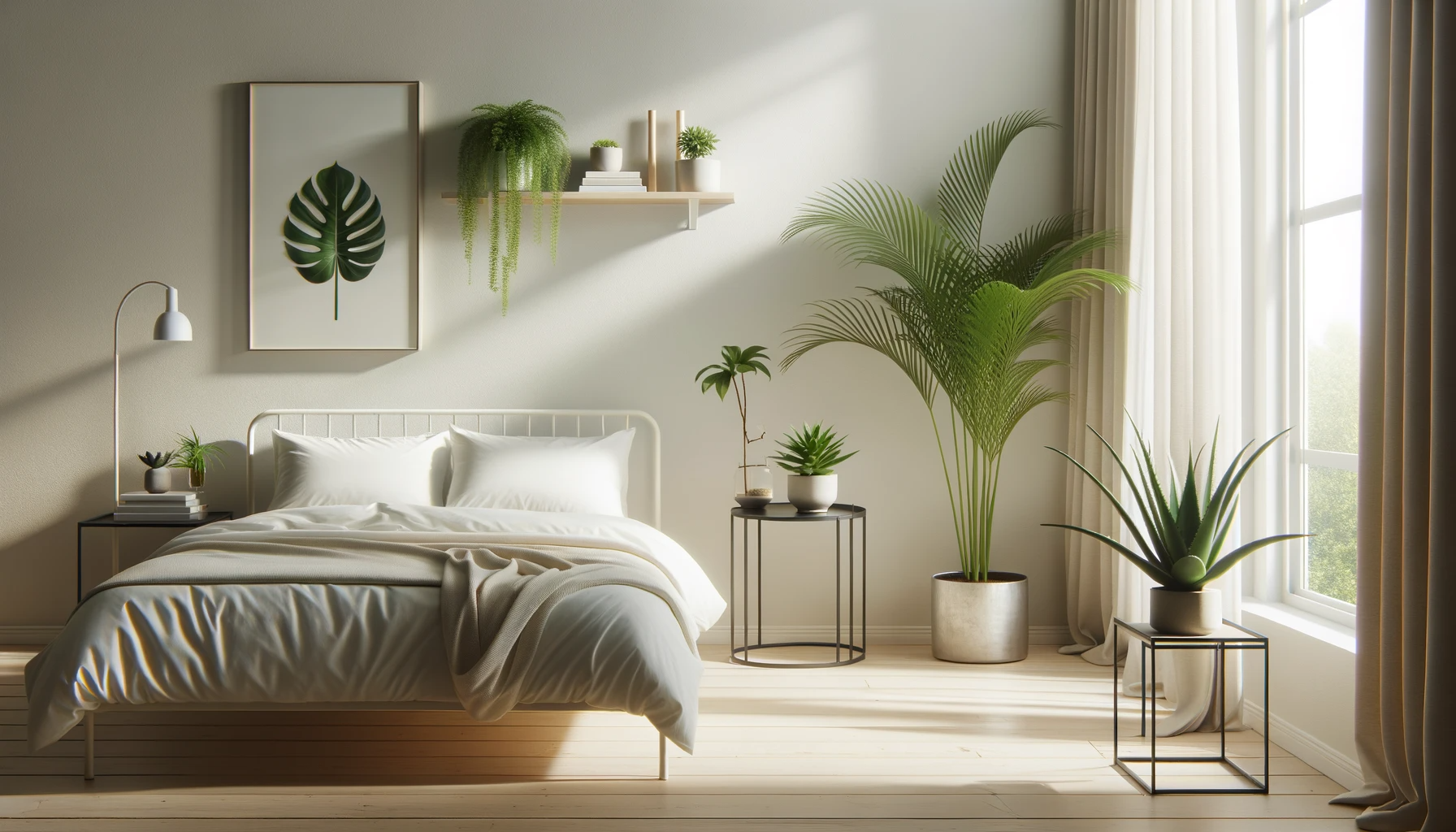
House plants are one of the fastest, simplest ways to bring nature into your space.
Examples of Natural Analogues
Natural Analogues are a step removed from putting something literally natural in your home. It means that you incorporate natural patterns or natural materials that have been altered or processed a little bit more. Biomorphic forms and patterns, complexity and order, and material connection with nature are all ways to use natural analogues in your home.
- Look for wallpapers, carpets, and fabrics that follow the Fibonacci sequence. The Fibonacci sequence is a mathematical spiral pattern that exists in nature, most prominently in spiral seashells and the pattern of sunflower seeds. You can also look for fractal patterns, which are mathematical patterns that repeat forever, found in nature. Fractals and Fibonacci sequences give us a sense of complexity and order and mirror patterns found in nature, such as those seen in snowflakes, ferns, or lightning strikes.
- On furniture, look for accent details in natural materials like wood, leather, stone, bamboo, or rattan.
- Look for curved lines. Curved lines on a sofa or table give the space a natural feel; nature isn’t all right angles and straight lines.
- When it comes to flooring, furniture, and doors, high-quality wood makes a space feel closer to nature. FYI: here at RealCraft, we make our exterior doors, barn doors,and swinging doors from 100% solid wood, and we offer a special wood finish that preserves the wood grain’s texture, so it still feels real when you touch it.
- Incorporate natural hues into your home, especially greens. It could be something as simple as getting a sofa slipcover in a stone gray or soft beige, getting a green throw blanket, or arranging some pampas grass in a vase.
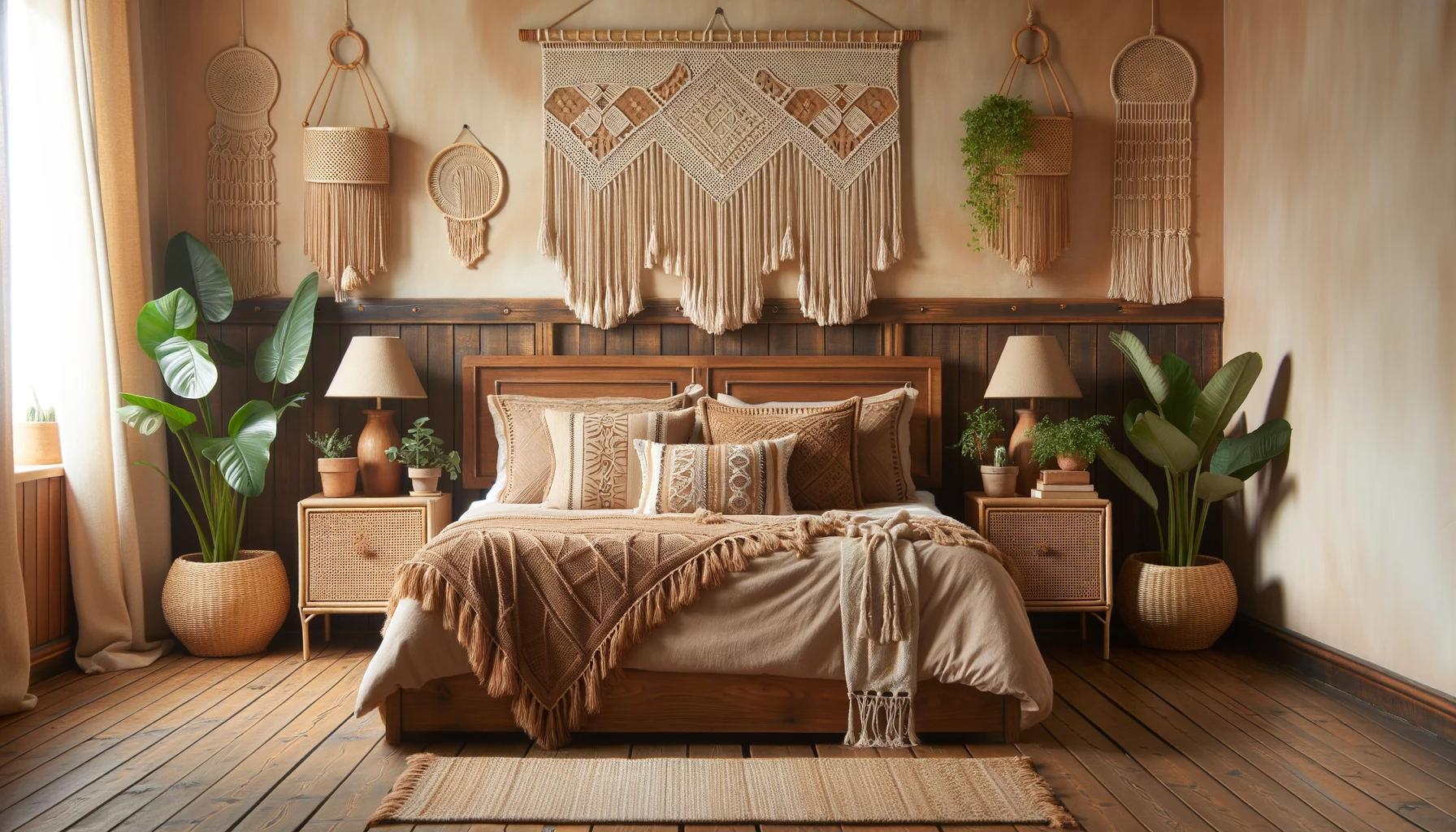
Rattan furniture and a neutral color scheme are examples of analogues of nature.

Real wood doors, like this pocket door, add warmth and texture to any room.
Examples of Nature Of The Space
Nature Of the Space is all about how closely the built environment follows spatial patterns of nature. For instance, in the Paradise meadow, you have an unimpeded view of your surroundings, which is called Prospect. But you also have a protected, shaded area under the birch tree, where you can still see around you, but you’re partially protected, which is called Refuge. And the forest obscures some details, creating a sense of Mystery. So here’s how to create Prospect, Refuge, and Mystery in your home:
- In terms of landscape planning, create focal points that are more than 20 feet away from the window. This gives people a sense of expansiveness when they look outside. Keep hedges short enough that they don’t impede the view.
- Lower the ceiling in an area you want to be a refuge, like a bedroom or office.
- Turn a bay window or other tucked-in area into a reading nook.
- You could also choose a canopy bed, or shift your desk into a corner with your back against the wall, for a sense of being surrounded and protected.
- In the garden, install a trellis or other covering that allows you to still see your surroundings from one side.
- Incorporate translucent materials—like sheer fabrics, etched glass—that preserve a sense of mystery.
- Look for essential oil wall diffusers and make your own blend of oils for an inviting fragrance with a low-profile source.

Sheer curtains add mystery.
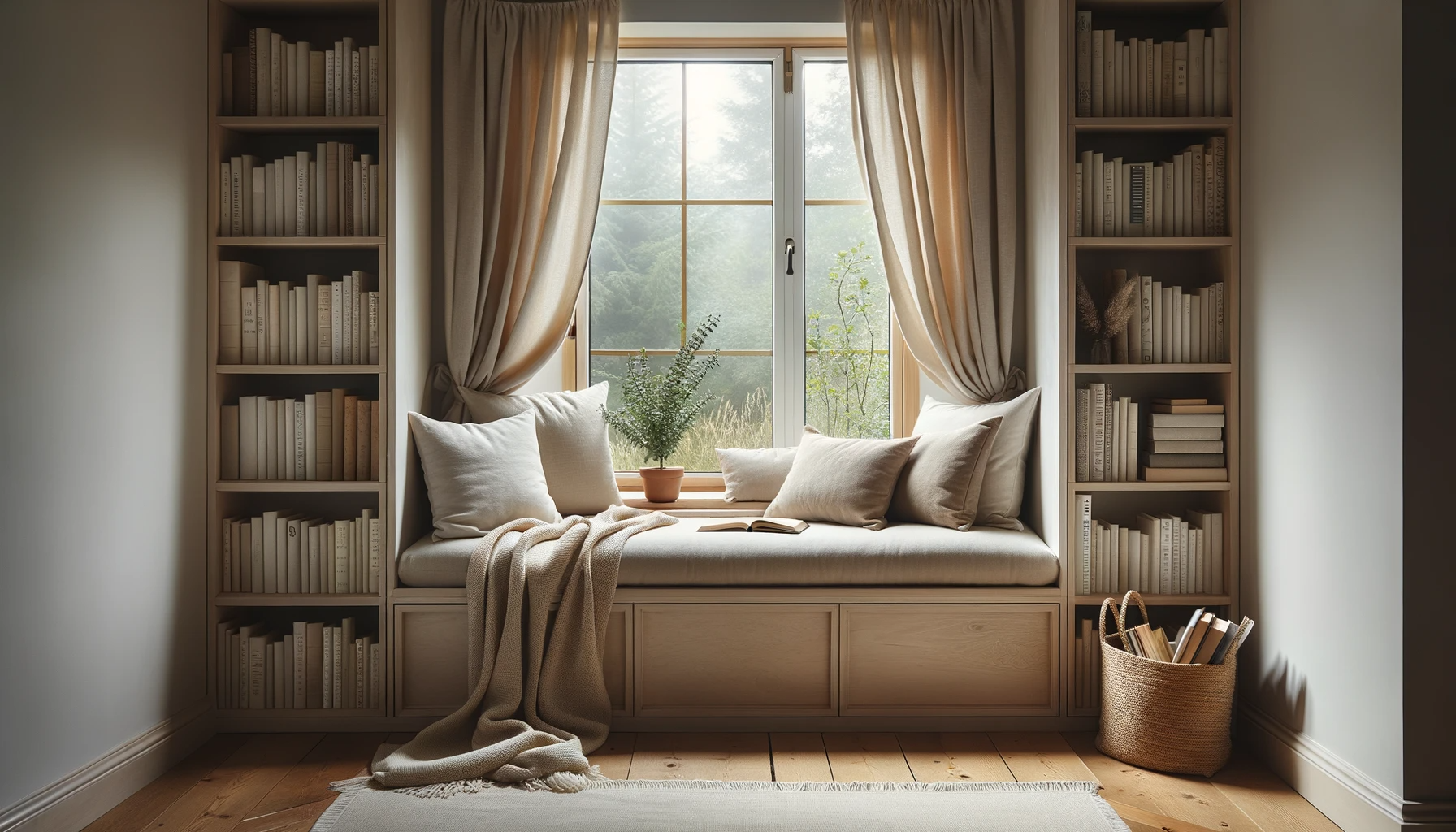
This reading nook creates a sense of refuge--but the window keeps it from feeling too blocked off from the surroundings.
So, there’s a handful of ways you can incorporate biophilic design into your space. We hope you will try some of them out and experience a new feeling of restoration when you’re at home!
References:
Alvarsson, J., S. Wiens & M. Nilsson (2010). Stress Recovery during Exposure to Nature Sound and Environmental Noise. International Journal of Environmental Research and Public Health, 7 (3), 1036-1046.
Browning, W.D., Ryan, C.O., Clancy, J.O. (2014). 14 Patterns of Biophilic Design. New York: Terrapin Bright Green LLC.
Brown, D.K., J.L. Barton, & V.F. Gladwell (2013). Viewing Nature Scenes Positively Affects Recovery of Autonomic Function Following Acute-Mental Stress. Environmental Science & Technology, 47, 5562-5569.
Lichtenfeld, S., A.J. Elliot, M.A. Maier, & R. Pekrun (2012). Fertile Green: Green Facilitates Creative Performance. Personality and Social Psychology Bulletin, 38 (6), 784-797.
Herzog, T.R. & A.G. Bryce (2007). Mystery and Preference in Within-Forest Settings. Environment and Behavior, 39 (6), 779-796.
Grahn, P. & U.K. Stigsdotter (2010). The Relation Between Perceived Sensory Dimensions of Urban Green Space and Stress Restoration. Landscape and Urban Planning 94, 264-275.


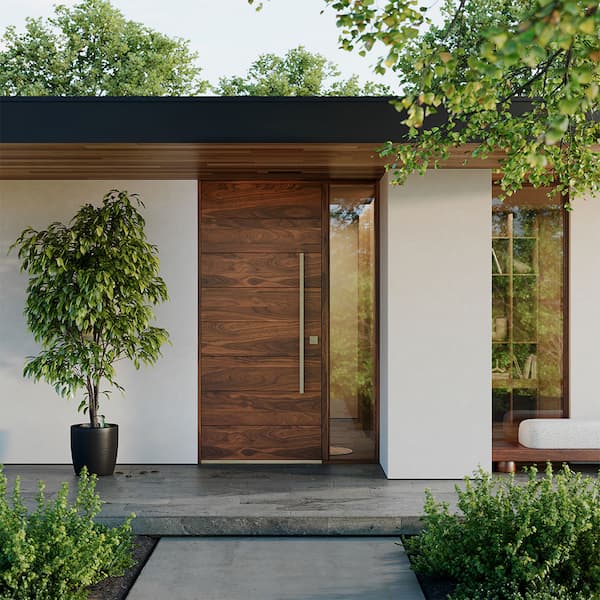


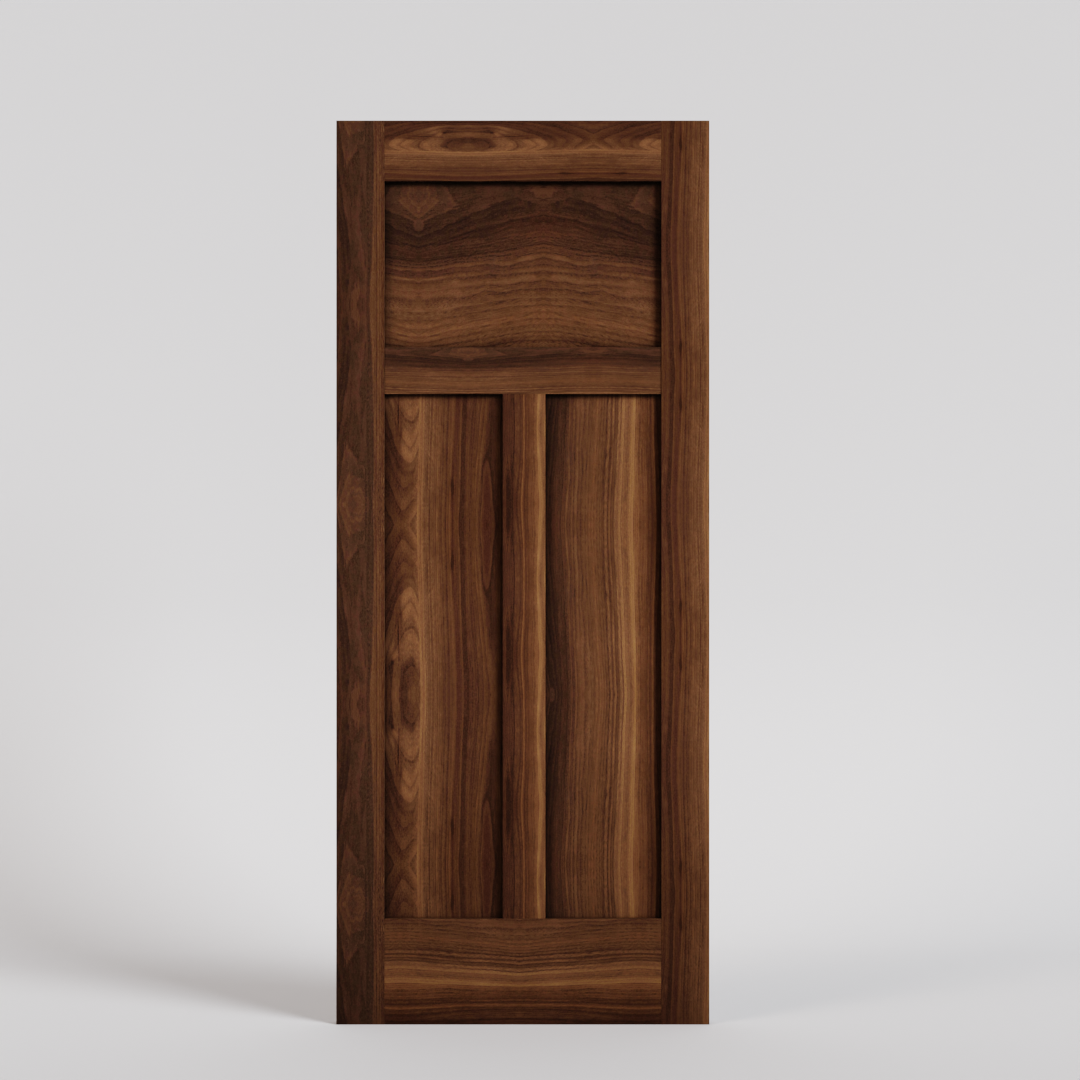
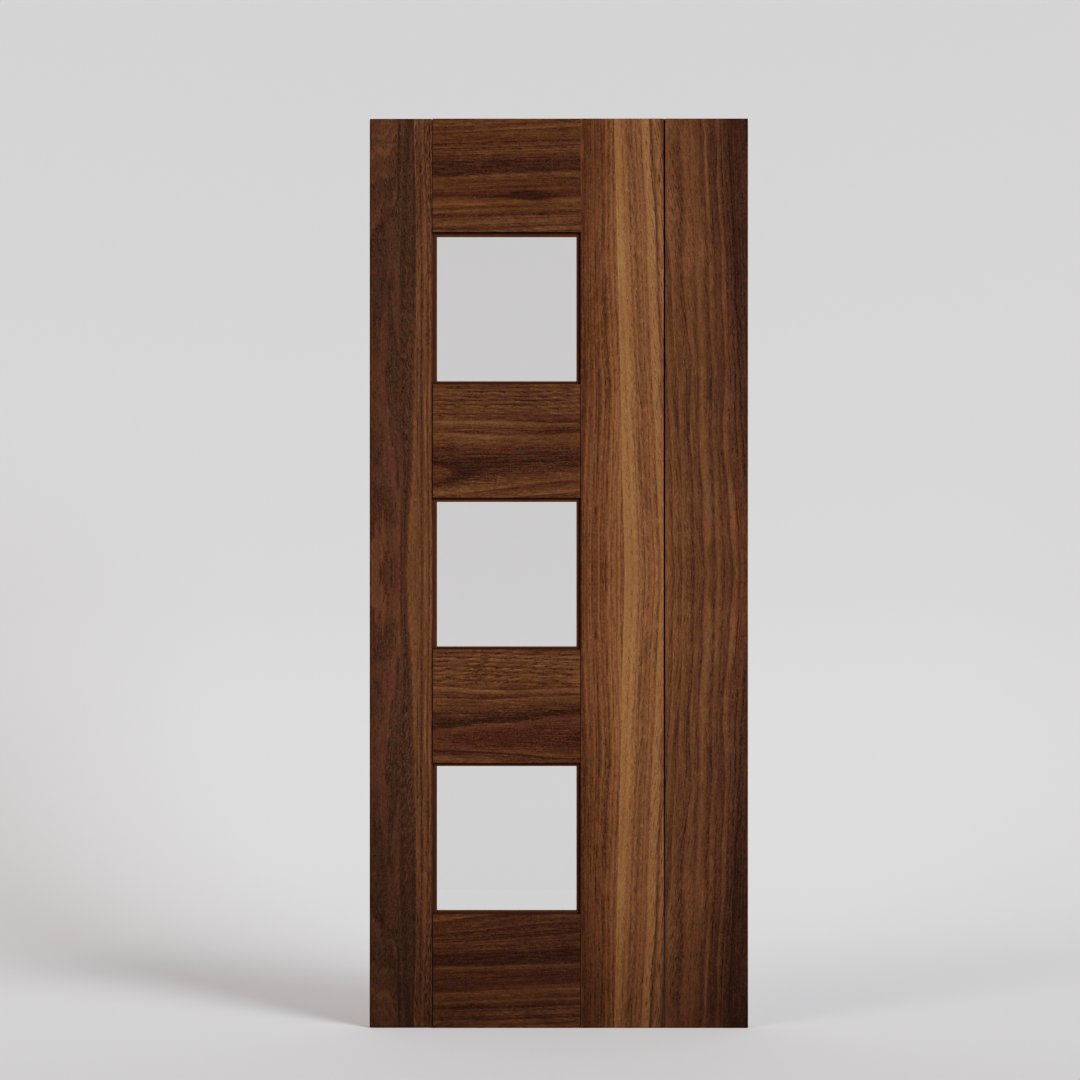
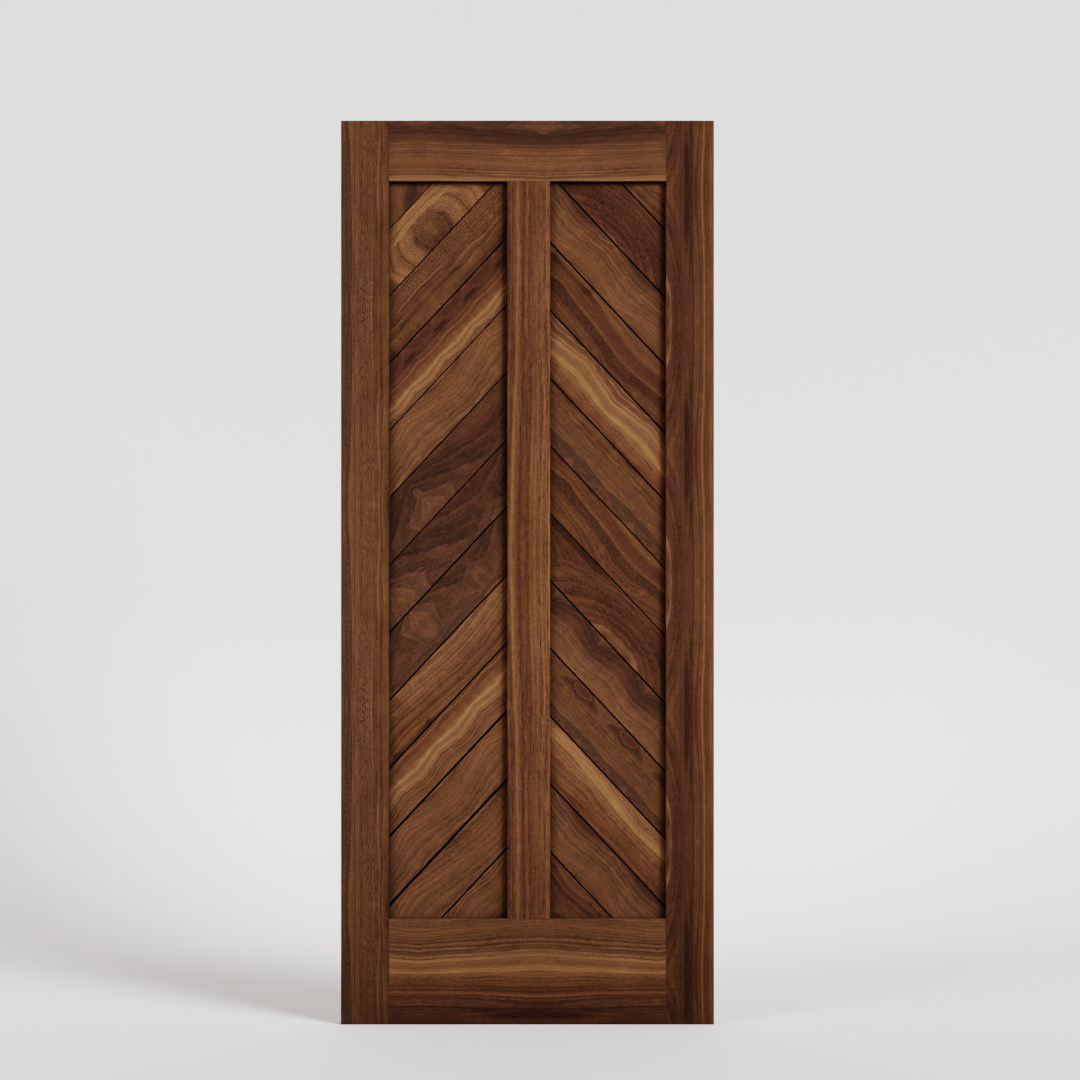
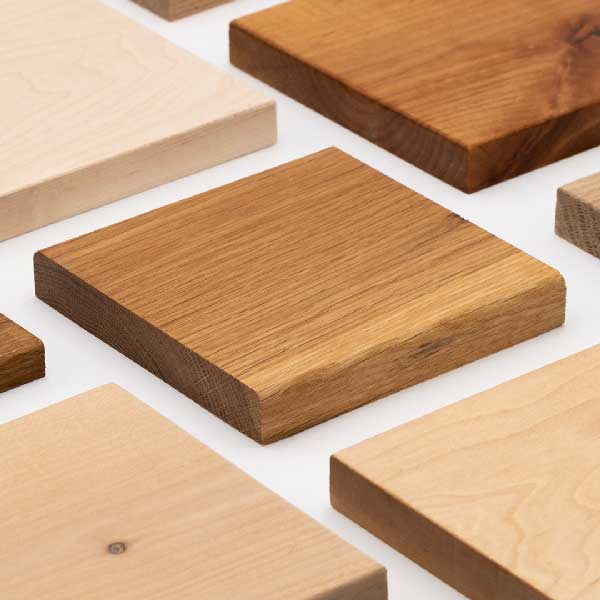

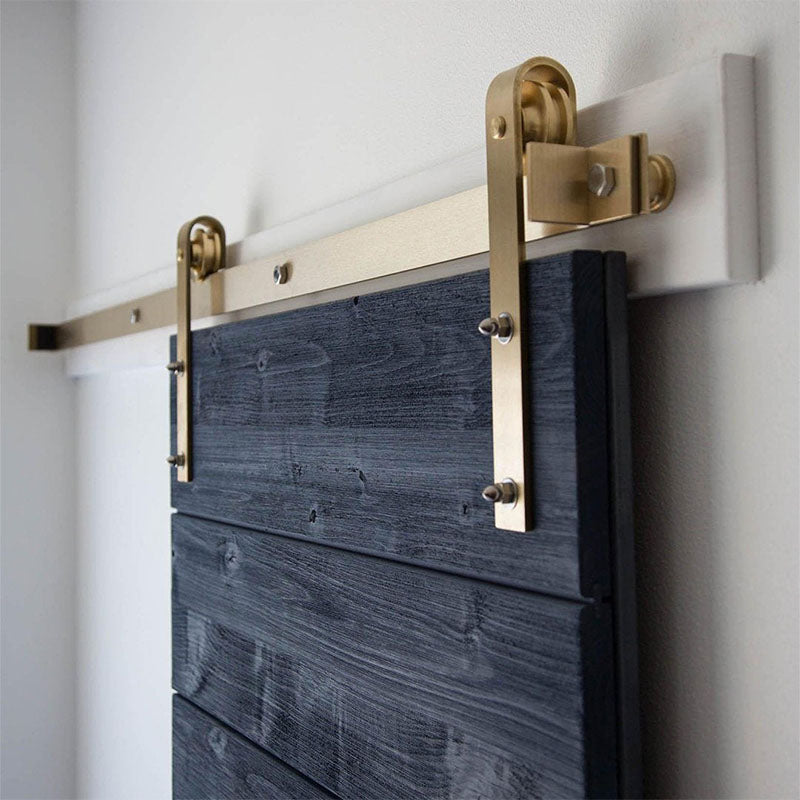
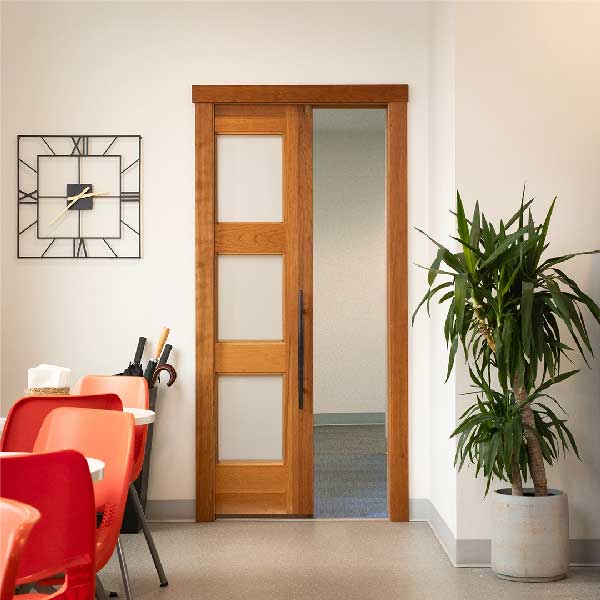

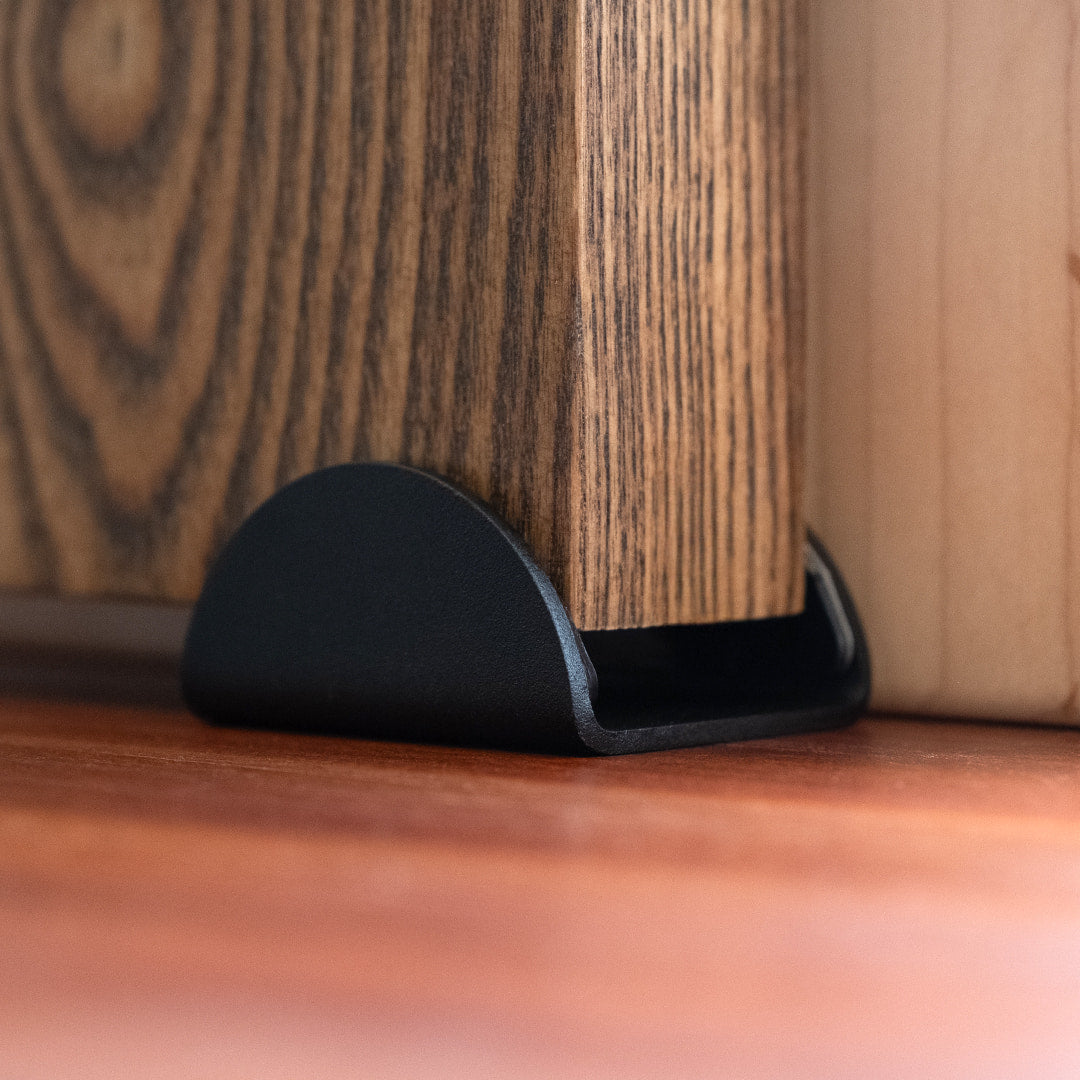
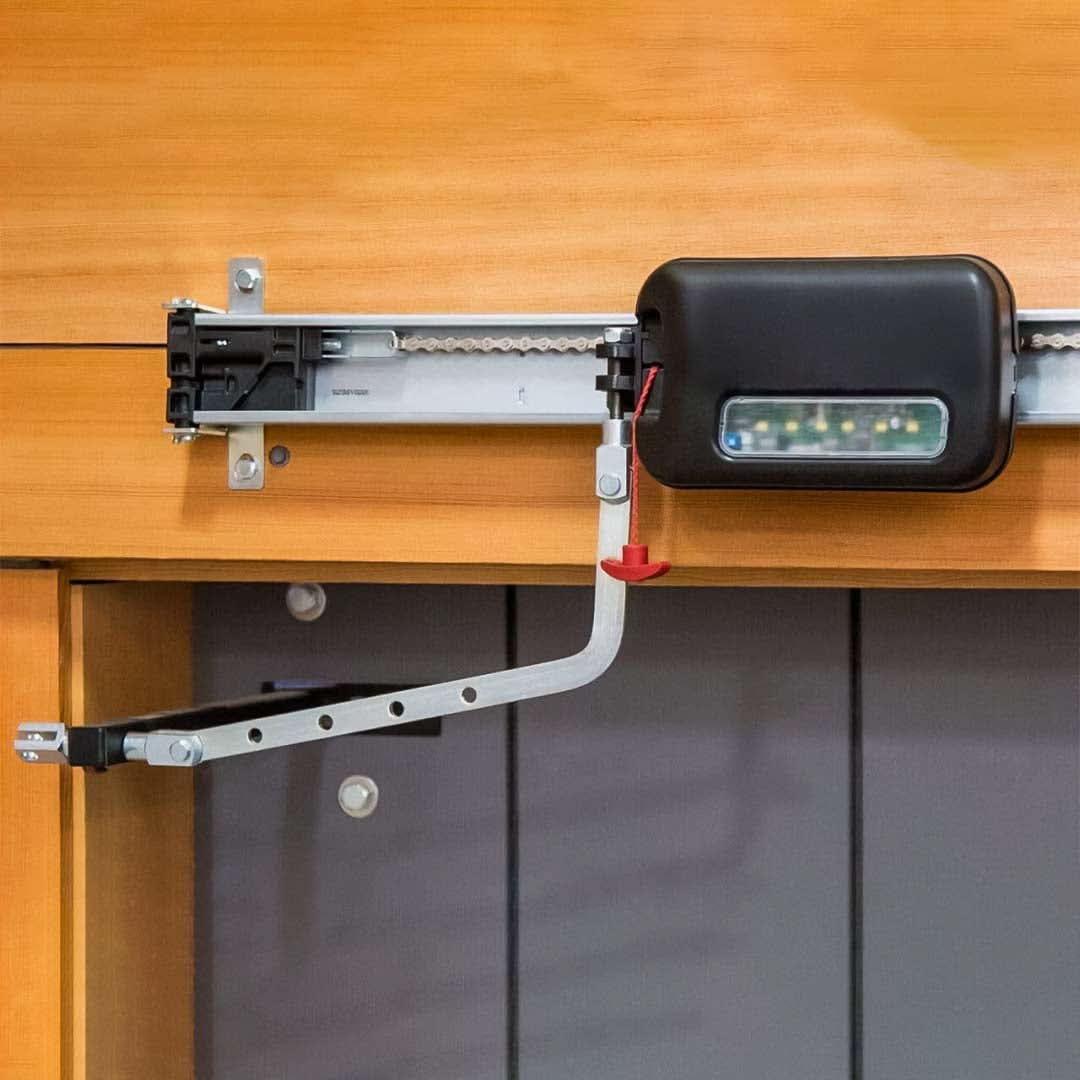






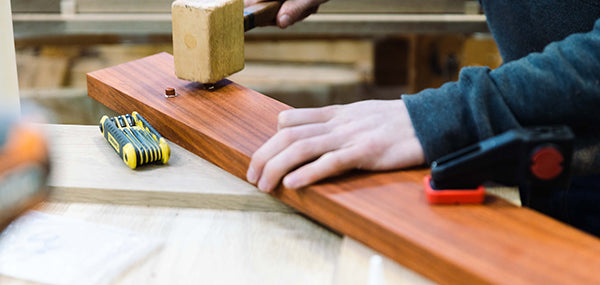

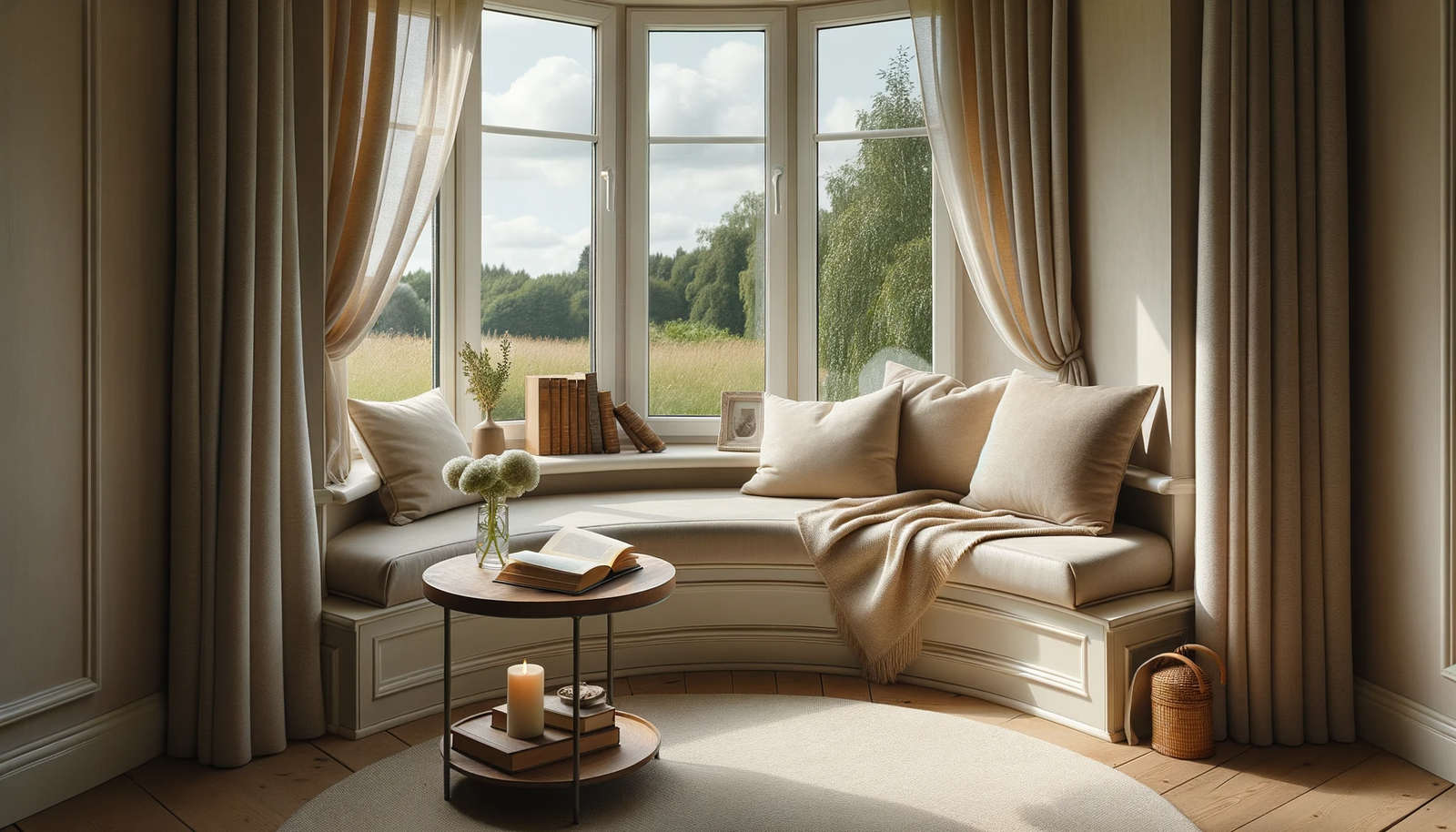

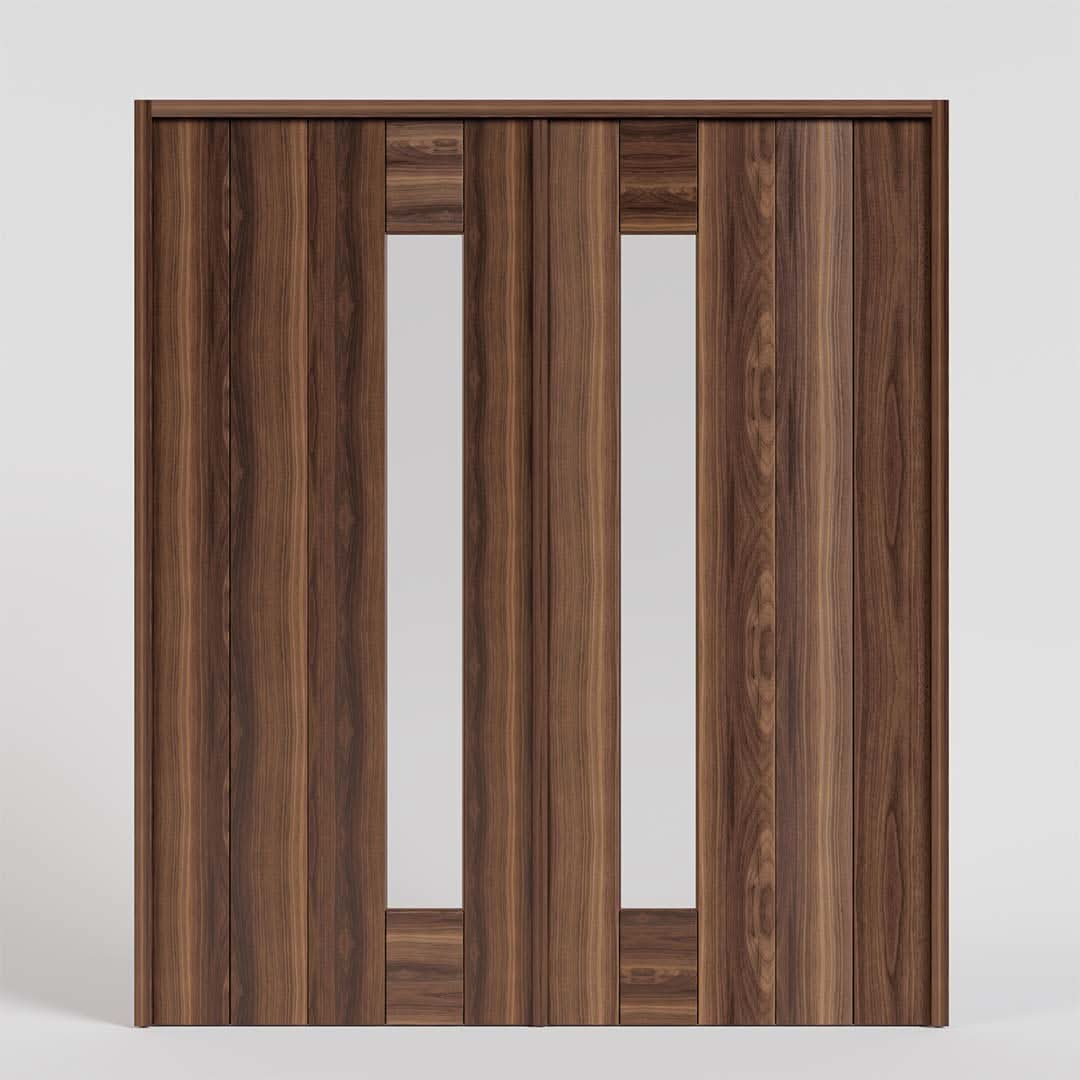
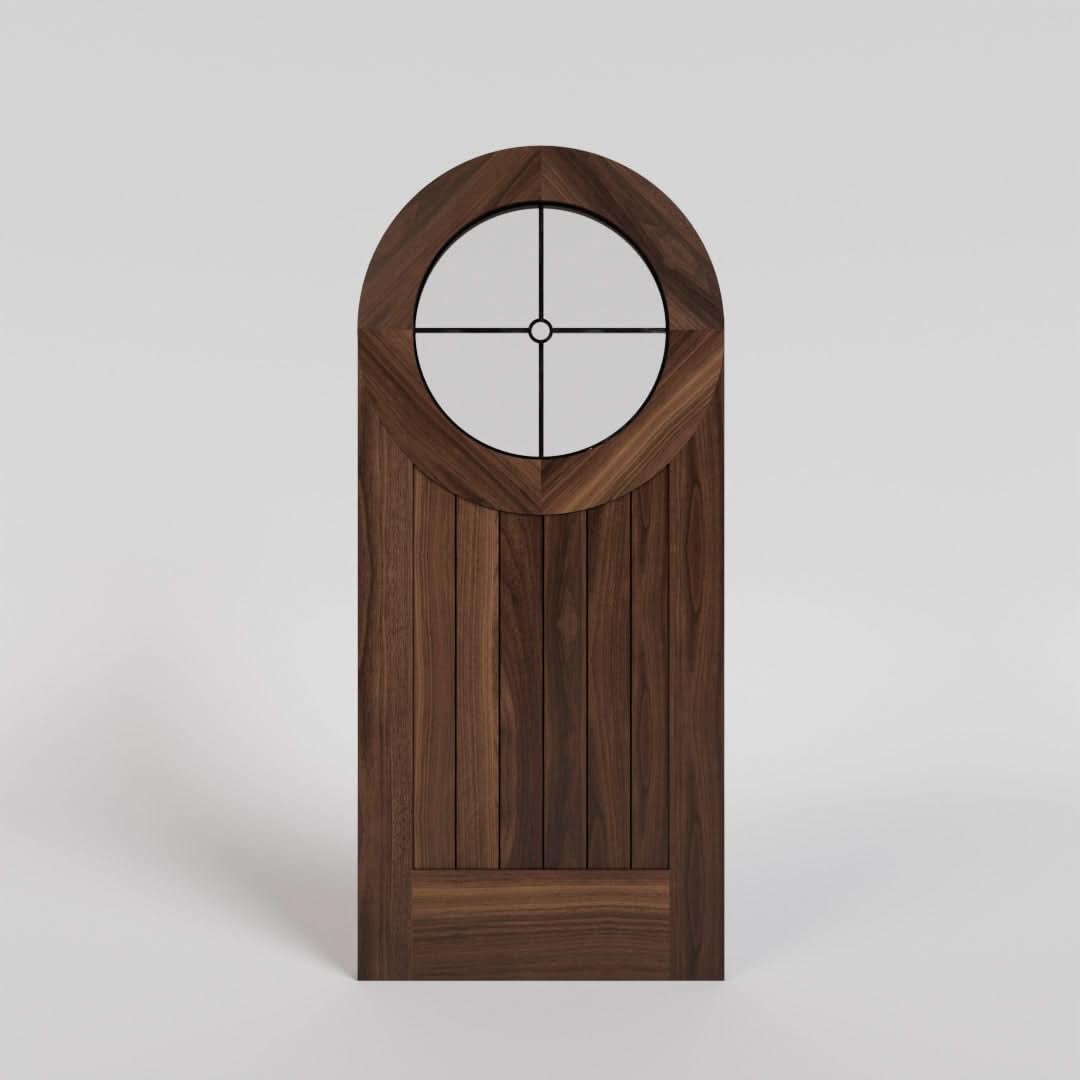
Leave a comment (all fields required)